When we talk about shooting a video and the gear needed, we chat about cameras, equipment, etc., but usually, camera lenses are overlooked.
But lenses play a crucial role when you become a professional photographer or want to become one.
When choosing a Nikon z6ii camera lens, you must see many features like lens type, focal length, aperture, lens quality, and the impact of different lenses on your photographs.
So, does lens quality affect the images? Yes, it does. Here are a few things you should look at before buying a lens and how these features will impact the quality of the images.
Things You Should Keep in Mind When Considering Lens Quality
1. The 101 of Camera Lenses
The first thing you should learn about lenses is the impact of lenses on image quality; let’s start with understanding how camera lenses work.
A camera lens is a piece of glass or a group of glass that bends and directs light onto the camera’s image sensor or film.
This process allows the camera to focus and capture an image. Lenses come in various types, including prime and zoom lenses.
2. Importance of Focal Length and Composition
When buying a lens, you should look out for its focal length as it is the most critical aspect of a camera lens, significantly affecting image quality and composition.
The focal length determines the image’s field of view, magnification, and perspective.
Different types of focal lenses and lengths that impact your photographs are:
- Wide-Angle Lenses: These lenses have short focal lengths (typically 10-35mm) and offer a wide field of view. They are your best friends when clicking excellent landscapes, architecture, and group shots.
- Standard Lenses: The usual length of standard lenses is around 50mm, closely approximating the human eye’s field of view. They are perfect for capturing various photography genres, including portraits, street photography, and everyday scenes.
- Telephoto Lenses: Telephoto lenses have longer focal lengths (usually above 70mm) and provide a narrow field of view. They are your go-to lens for wildlife, sports, and portrait photography, letting you clearly capture distant subjects.
3. Aperture and Depth of Field
You might have heard about the aperture often, but what exactly does it do?
Well, the aperture of a lens is measured in f-stops (e.g., f/1.8, f/2.8), and it controls the amount of light that enters the camera and influences the depth of field (DOF).
These affect a lot of things when it comes to the quality of pictures one captures.
If a photographer wants to click a picture that stands out, they have to learn the importance of aperture and DOF to click images like they always wanted to.
Also, this feature gives photographers a chance to explore their creativity.
4. Lens Quality and Optical Elements
The quality of the lens itself should have the precision of its optical elements and coatings, as they play a significant role in image quality.
High-quality lenses are designed to minimize optical aberrations such as distortion, chromatic aberration, and lens flare.
5. Lens Designed for a Purpose
A lot of times, there are requirements when you might not get a lens in the market for things you need.
That is when specialized lenses come into the picture. Designed for specific purposes. These lenses can profoundly impact image quality in their respective genres.
For example, Macro lenses, designed for extreme close-up photography, let you click macro details.
They help you click with exceptional sharpness and are perfect for capturing the fine textures of subjects like insects, flowers, and jewelry.
One of the other examples is Tilt-shift lenses, which are popular in architectural and landscape photography.
They give you precise control over perspective and can correct converging lines (keystoning) in architectural shots, giving you improved image quality and more appealing compositions.
6. Lens Help You Tell a Story
When you choose a lens, you decide your partner to tell a good story.
Remember, your lens choice goes beyond technicalities and influences your artistic expression as a photographer.
Different lenses can convey various emotions and visual styles in your photographs.
For example, A wide-angle lens can create a sense of grandeur and emphasize vast landscapes or spacious interiors. A fast prime lens with a wide aperture can isolate a subject, distinguishing it from a blurred background.
A telephoto lens can capture the details of a distant object’s expression, bringing viewers closer to the action.
Conclusion
Regarding camera lenses in photography, it affects the result a lot, so do not trust people who say that lenses do not matter because they do.
Remember, lenses are not mere accessories; they are the gateways through which light enters your camera, shaping the photographs you want to click.
Lenses make you understand the impact of focal length, aperture, lens quality, and specialized lenses that empower photographers to make informed choices that uplift their artistic vision and the quality of their work.
It is because of the lens that you get to optimize different features of the camera.
Found this blog interesting? Want to learn more about how the lens and other camera equipment work?
Follow our blogs and read more about the behind-the-scenes of your favorite pictures and videos.


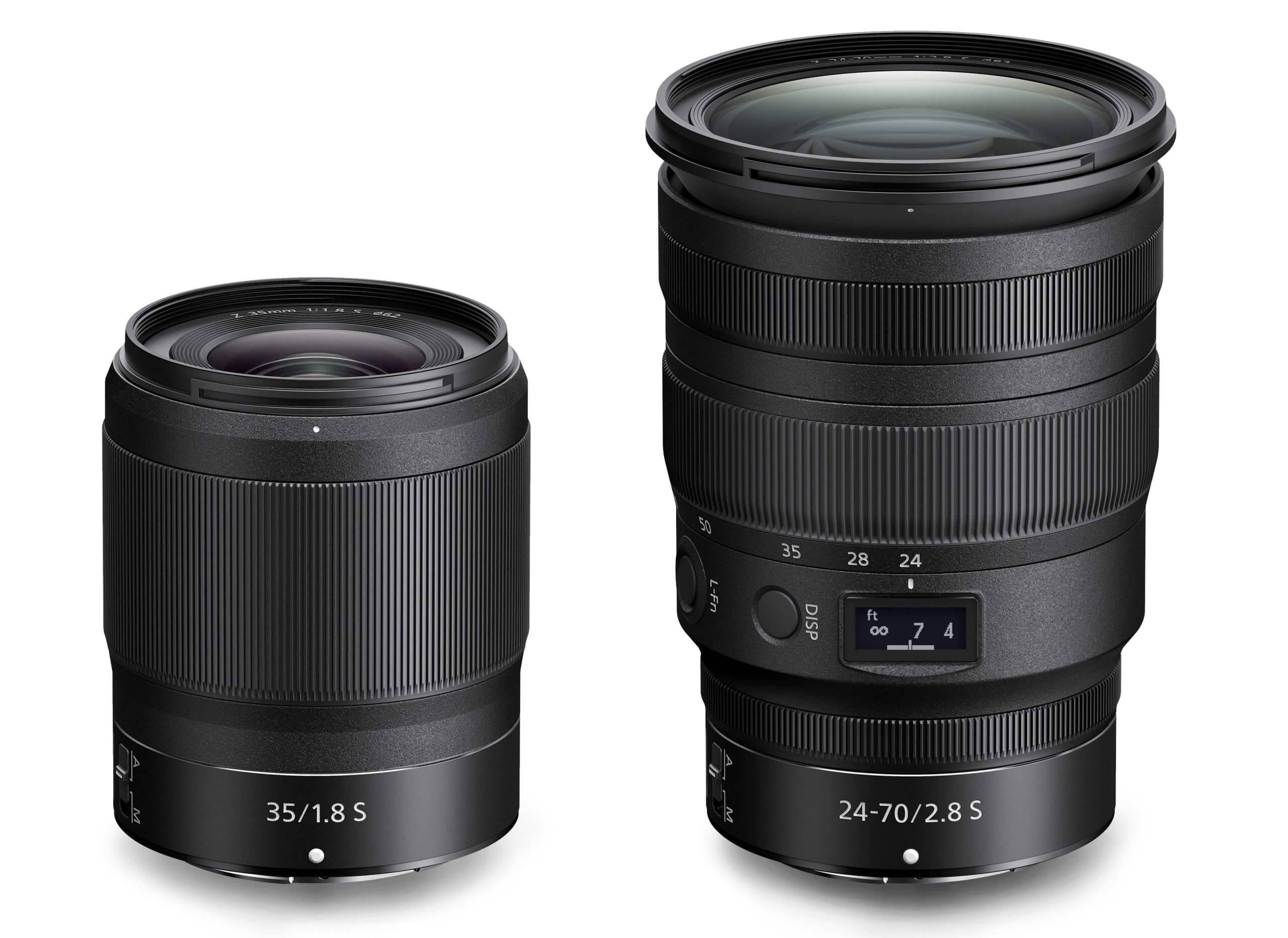
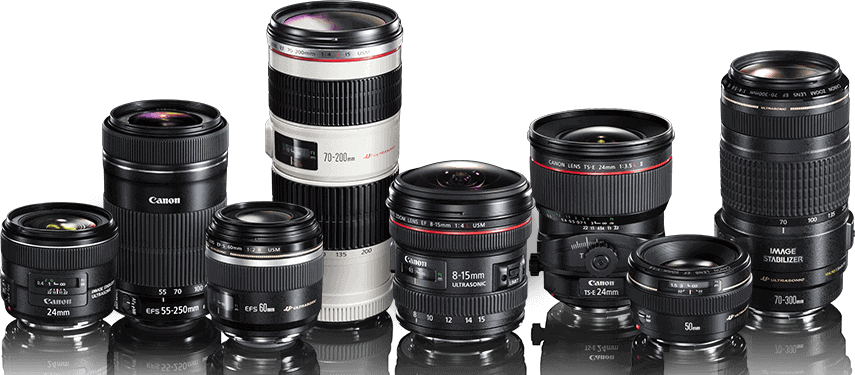

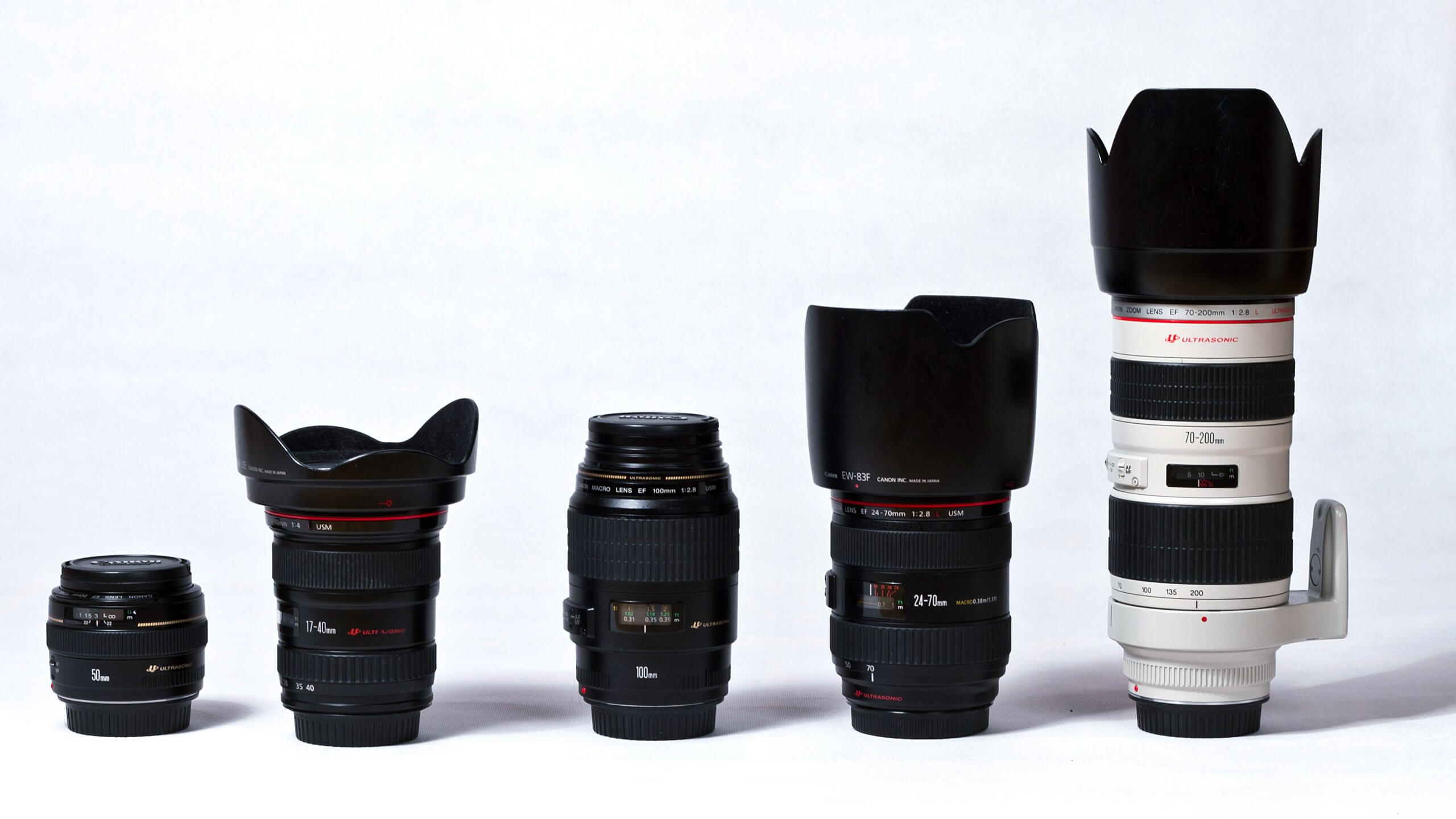
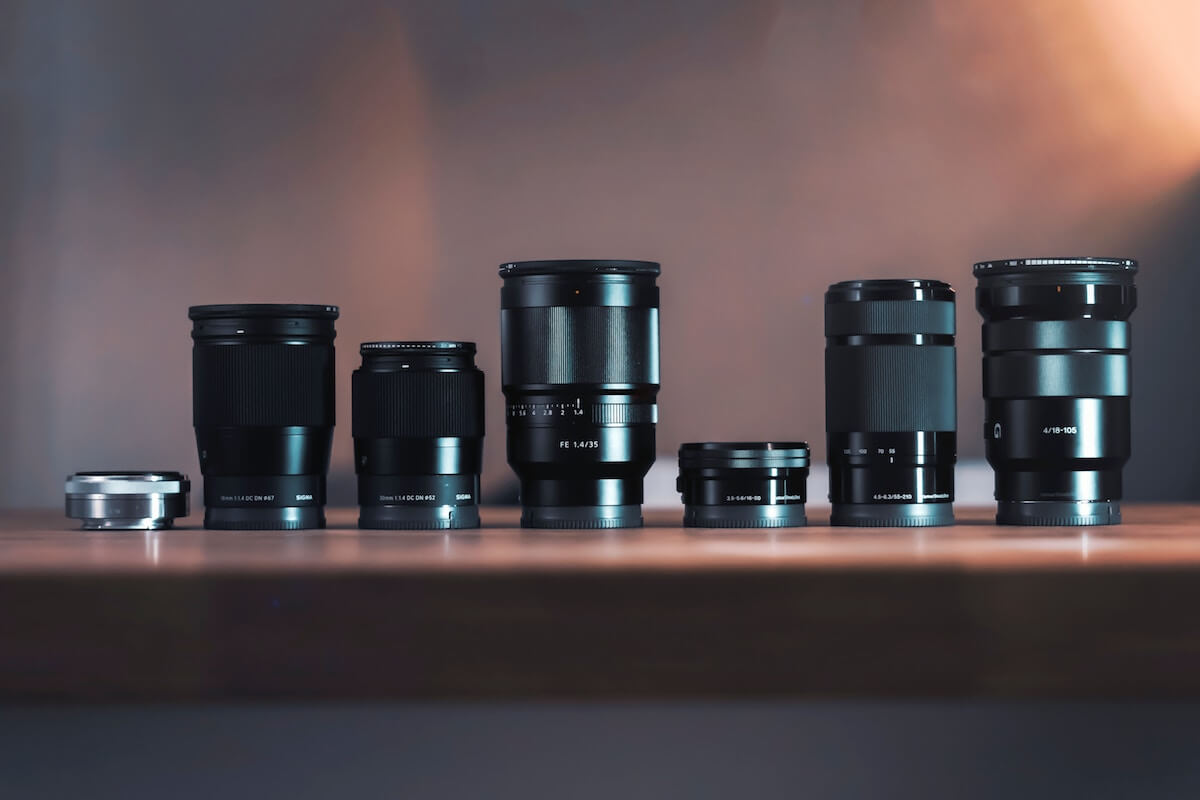
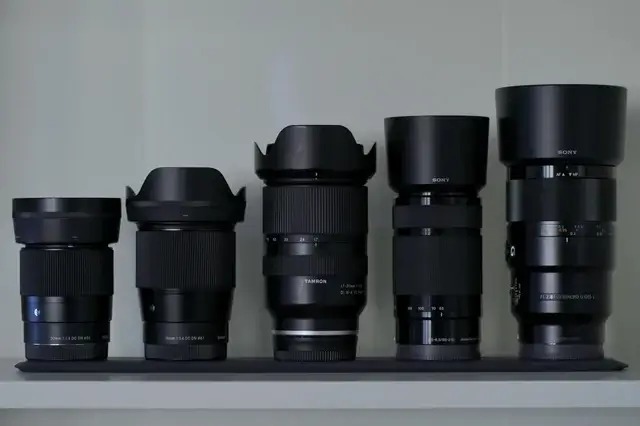

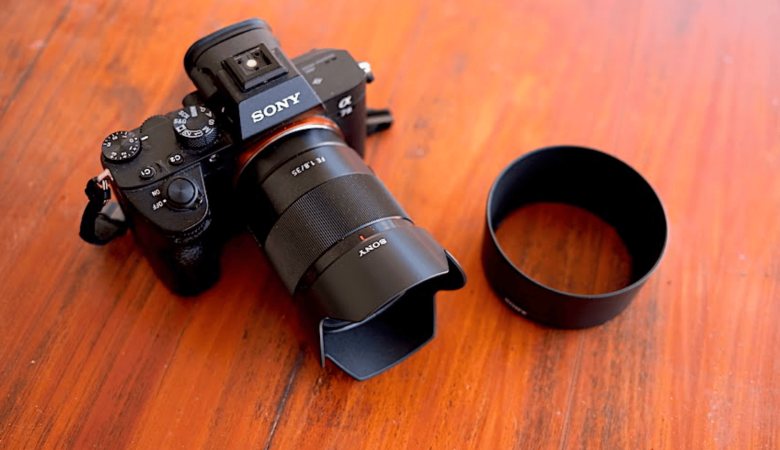
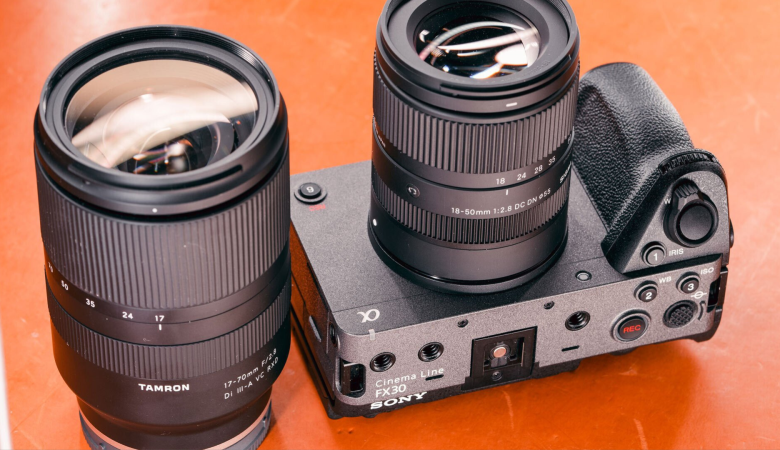

Leave a Reply